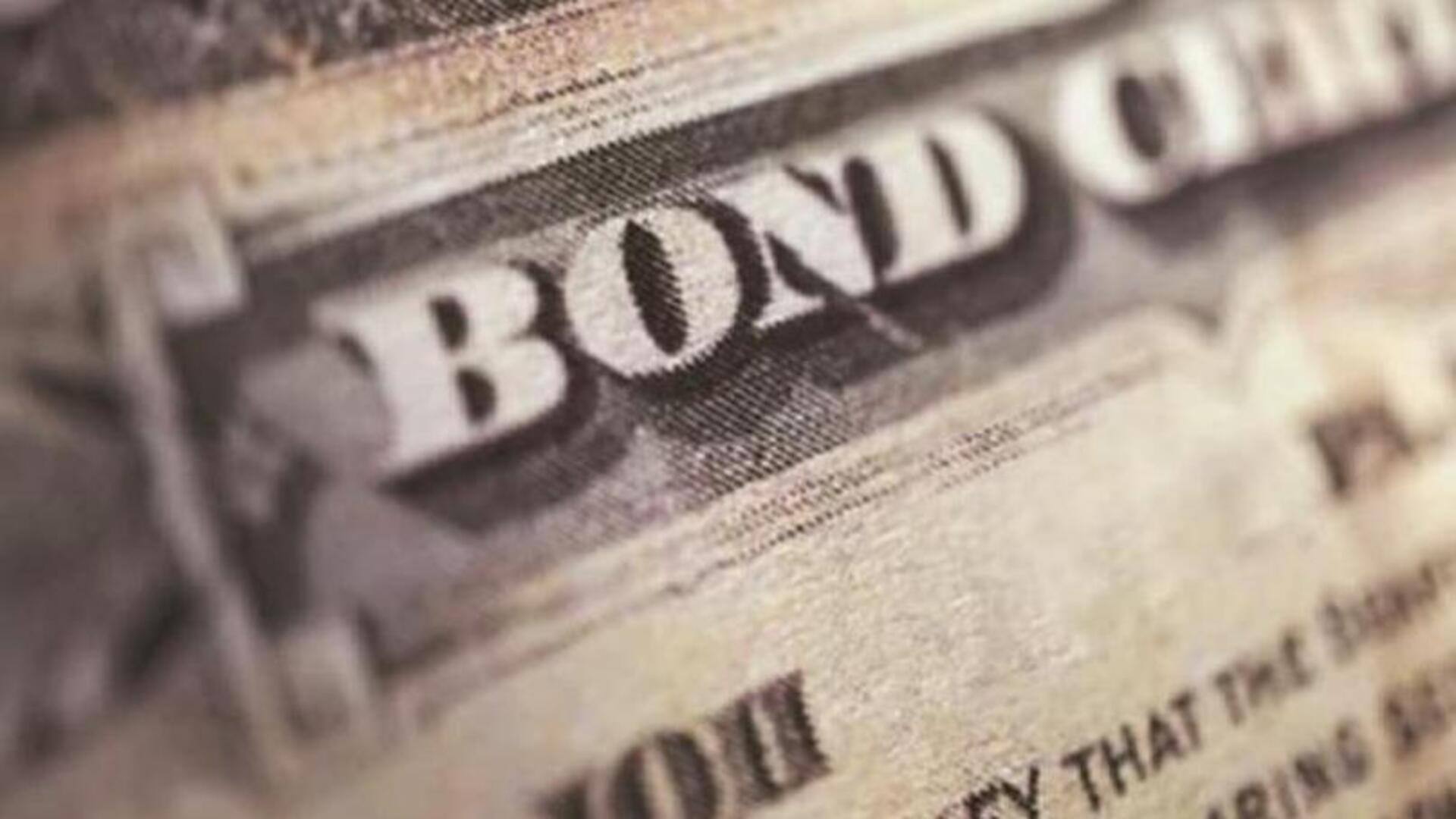
US Treasury yield hits 16-year high: Know factors and implications
What's the story
For the first time since July 2007, the 10-year US Treasury note's yield hit 5.004% on October 23, fueled by investors anticipating robust American growth and fiscal concerns.
The rapid run-up in yields has captured the attention of investors, as this bond is considered a safe-haven asset during times of economic uncertainty and serves as a benchmark for borrowing costs worldwide.
Details
Factors contributing to the rise in yields
Federal Reserve Chair Jerome Powell's recent comments, where he mentioned the potential for stricter financial conditions due to strong US economy and tight job market, contributed to the increase in long-term yields.
Additionally, concerns about government finances have pushed up term premiums on the yield curve.
This has resulted in higher costs for the US Treasury when borrowing money, and a divided Congress is currently in disagreement over next year's budget, resorting to temporary measures to prevent a government shutdown.
What Next?
Record budget deficit and foreign aid requests
In September 2023, the US government reported a $1.695 trillion budget deficit for the year, a 23% jump from the previous year and the highest since the $2.78 trillion deficit in 2021 caused by COVID-19.
This comes as President Joe Biden seeks an additional $100 billion in foreign aid and security spending from Congress, including $60 billion for Ukraine, $14 billion for Israel, and funds for US border security and the Indo-Pacific area.
Insights
Analysts weigh in on Treasury yield milestone
"The fact the entire curve is at or above 5% is remarkable," said Kyle Rodda, senior financial markets analyst at Capital.com, regarding the milestone.
He also noted that discussions continue about the reasons behind this trend and the factors influencing it, suggesting it could be "some combination of strong growth, high issuance, and quantitative tightening."
The two-year US Treasury yield increased by 4 basis points to 5.125%, while the 30-year yield climbed 8 basis points to 5.164%.
Insights
Why it matters?
The 10-year yield is used as a proxy for mortgage rates and is also seen as a sign of investor sentiment about the economy.
It will make it more expensive for businesses and consumers to borrow money, thus affecting investments and consumer spending.
High yield will make it more attractive for investors to invest in US government bonds, which could lead to a decline in stock prices as well.